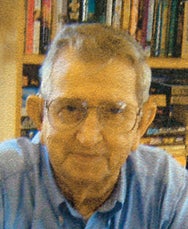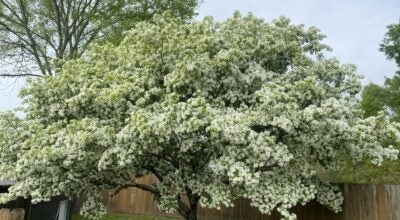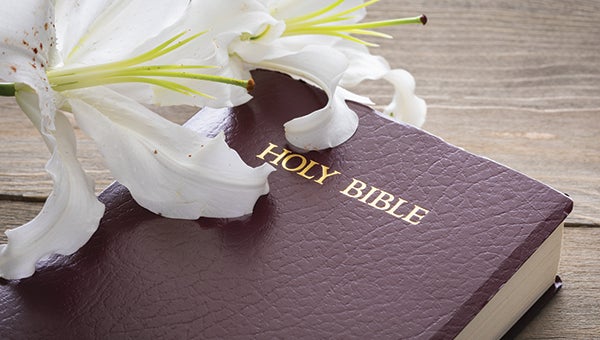Many stories about dancing are told in the Bible
Published 12:19 am Sunday, August 11, 2013
There are different thoughts about dancing and always have been. Take for instance the story in Judges 11:34 of Jephthah returning home after a successful defeat of the Ammons, during which he made a vow to God. He had said to God, “If you give the Ammons into my hand when I return to my house the first thing that comes out the door will become a sacrifice as a burnt offering.”
When he came to his house his only child, a daughter named Mizpah, came out to meet him, dancing for joy. After a two-month period he sacrificed his daughter to honor his vow. That was a dance that was supposed to be a celebration but turned into a very sad occasion.
In 1Samuel 18:6, the story is told of the return of David and Saul from the battles they had waged with the Philistines, when all the women from the towns of the Israelites came out to meet and dance with them and honor them. They were singing, “Saul has slain his thousands, and David his ten thousands.” It was supposed to be a happy occasion but Saul felt slighted and doubted David from then on.
In Luke 15:25, the whole group of people of a farm family came out to welcome home the prodigal son, and the brother felt he had been put into second place. It became a sad story.
Matthew 14:6 recounts the story of the daughter of Herodias dancing for King Herod. It pleased the king so much he promised with an oath to give her whatever she asked. She asked for John the Baptist’s head on a platter, another sad story.
So dancing can be for a happy occasion or can lead to some sad consequences, all depending on the reason for dancing. In Biblical times dances were supposed to be “dancing with joy,” but many times it was the result of something desperate and usually cost one or more lives. But dancing did progress over the years until it became an accepted activity, even if some objected .
As our nation became a country and the Indian war dances became a thing of the past, new citizens from many different countries blended their dances together to become part of American programs. Soon these became known as ballroom dances, which included swing, the two-step, the jitterbug, waltzes and many other combinations.
In the Appalachian Mountain area that includes Virginia, North and South Carolina, Kentucky and Tennessee, residents developed their own style of dances similar to the reels of England, Irish jigs and Spanish fandangos. They were all mixed in to be called mountain dances, and from these small town programs they soon developed what is now call buck dancing. Some folks learned how to do it by age 3.
As these dances spread over the rest of the country, square dancing became an organized group activity that started out with two lines facing each other, one line for the ladies and one for the gentlemen, with a leader, called a Prompter, who called out the steps to take. If he forgot the correct steps the dancers usually remembered and proceeded on.
Soon Square Dance became a group of four couples taking direction from a ‘Caller.’ Clubs were formed in most all of the states and it became the country’s National Folk Dance by an act of Congress signed into law by President Ronald Reagan in 1982, and soon adopted by many states as their State Dance.
The Jeans and Queens of Bogalusa was one of the outstanding clubs in this area. The group had its own caller, and visiting professional callers were hired every week to come to the YWCA to lead the dancing. Clubs were located in most cities in the Washington parish area and Angie even had a “clogging” group that did a dance at the Fair. The local club closed several years ago but some of the members still meet as friends every week.
May the Good Lord bless you all today.






